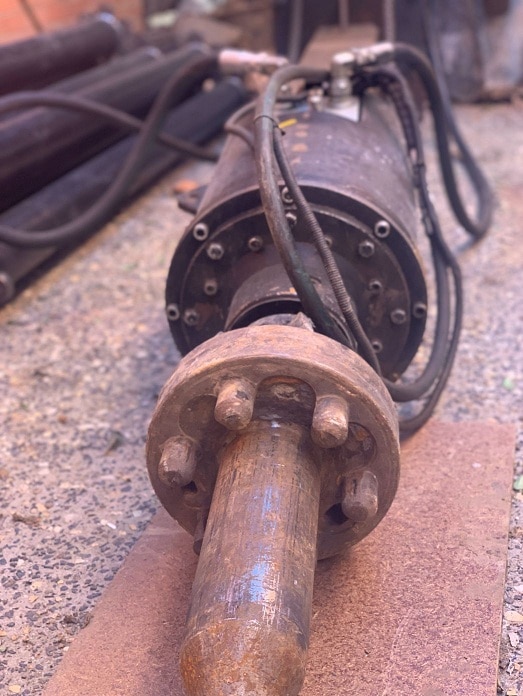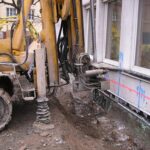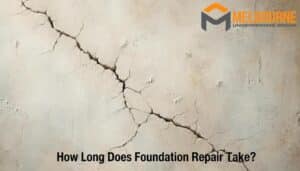
For as long as mankind can remember, concrete underpinning was the only way to support a property’s foundation. This scenario changed around three decades ago with the introduction of resin injection underpinning.
It has grown in popularity throughout the world and is preferred by many over the more conventional option. Which option, then, should you choose? The answer is resin injection underpinning, and here’s why.
Differences between Concrete and Resin Injection
Concrete Underpinning
Concrete underpinning has a long and functional history, which is what the majority of people look for when deciding on foundation strengthening methods.
Additionally, there are two types:
- One involves filling the area beneath the foundation with concrete until it reverts to its original level.
- Another way is to drive concrete nails or pilings into the ground and attach them to the foundation below the ground to keep it in place.
The most frequently used type of concrete underpinning is for small projects. Even though it is a tried and true technique, it has a slew of disadvantages, including being slow, labor-intensive, and an all-around messy process.
Resin Injection Underpinning
While it is a much more recent and contemporary method, particularly in comparison to concrete underpinning, it has largely demonstrated its utility and practicality. Some people also use the resin injection method to make resin driveways and to make their backyards stronger.
The resin injection method entails drilling small holes and openings into the ground beneath the foundation and injecting an eco-friendly resin material into them. The resin expands beneath the foundation, repositioning the foundation in its proper position. As more resin is filled in, the property gradually improves.
However, if a large gap beneath the property needs to be filled, resin injection may not be the most cost-effective method. However, resin injection underpinning has many advantages over concrete underpinning, some of which are shown below.

The Benefits of Resin Injection
- It’s a Quick and Efficient Procedure
Pouring concrete to reinforce the foundation and waiting for it to cure takes some time. Contractors will need to dig through areas surrounding the foundation, clear them, and then add supports to ensure that they remain in place throughout the process. With resin injections, workers only need to make small holes in the foundation and then fill them with resin.
- There will be no mess to clean up afterward
The extensive excavation required to fill concrete using the traditional method typically results in a massive mess that must be cleaned up afterward. Even though the majority of contractors will take care of the cleaning, it will be obvious that significant structural changes have occurred in the area. Additionally, in some instances, you may be required to learn how to clean up the concrete mess around the job site and make some preparations.
- It Doesn’t Require You to Evacuate
Since concrete underpinning entails extensive construction and digging beneath the property to reinforce its foundation, homeowners must evacuate and relocate until the process is completed.
Conclusion
Not only that, but the large machinery disrupts the neighbor’s daily routine and generates a great deal of noise. On the other hand, resin injection does not need to be evacuated, and it usually takes a day or two to do.







No comment yet, add your voice below!